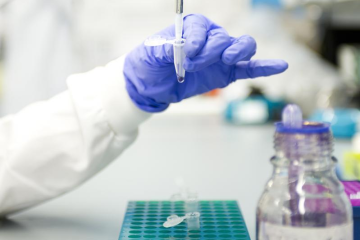Project grant
Replacement of animal models for tumour biology with a multifunctional microfluidic-based approach

At a glance
Completed
Award date
January 2012 - February 2015
Grant amount
£450,833
Principal investigator
Professor John Greenman
Co-investigator(s)
- Mrs Marina Flynn
- Professor Stephen Haswell
- Dr Leigh Madden
- Professor Anthony Maraveyas
Institute
University of Hull
R
- Replacement
Read the abstract
View the grant profile on GtR
